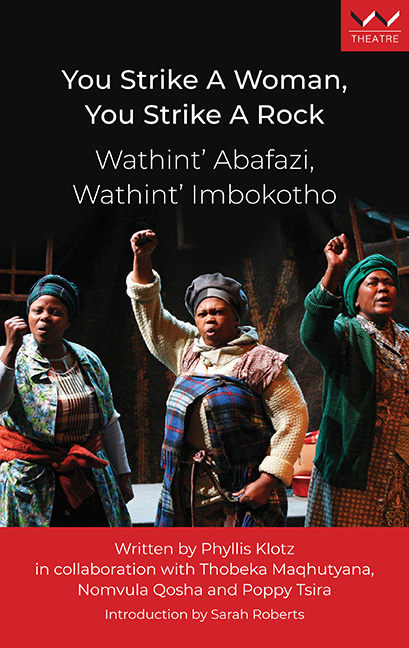Summary
A PATRIARCHAL SOCIETY
Before 1996
The position of women, both black and white, in South Africa at the beginning of the 20th century was subordinate to that of men, who took all major decisions both in society at large and within the home.
African women did not enjoy the same legal status as men, under either the statuary laws or the enforced version of customary law. A black woman was deemed to be a perpetual minor in law and had no independent powers. Under customary law women remain perpetual minors under the guardianship of their FATHER before marriage and their husband after marriage. A woman could not marry without the consent of her guardian. She had no contractual capacity and could not acquire or dispose of property. Black women in South Africa suffered from both the disability of apartheid and the oppression of gender and class.
After 1996
The Bill of Rights, a cornerstone of democracy in South Africa, recognises women as equal citizens enjoying all the rights guaranteed by Section 9 of the South African Constitution of 1996.
Section 9(3) states:
The State may not unfairly discriminate directly or indirectly against anyone on one or more grounds, including, race, gender, sex, pregnancy, marital status, ethnic or social origin, age, colour, sexual orientation, disability, religion, conscience, belief, culture, language and birth.
Despite the progress made with regard to the rights of women and their access to education, they are still more likely than men to be employed in low-skilled occupations. This difference is driven by the fact that many are still employed as DOMESTIC WORKERs, who experience the highest poverty rates and rely on income grants from government to make ends meet. Gender-based violence remains a profound and widespread problem in South Africa, having an impact on almost every aspect of life. It is systemic and deeply entrenched in institutions, cultures and traditions.
BANTUSTANS/‘HOMELANDS’
The Transkei was one of the Bantustans or ‘homelands’ established by the apartheid government, to which many black people were moved to prevent them from living in the urban areas of South Africa. The idea was to separate black people from white and give them the responsibility of running their own independent governments with limited powers, thus denying them protection and any remaining rights in South Africa.
- Type
- Chapter
- Information
- You Strike a Woman, You Strike a Rock / Wathint' Abafazi, Wathint' ImbokothoA play, pp. xix - xxviPublisher: Wits University PressPrint publication year: 2021



